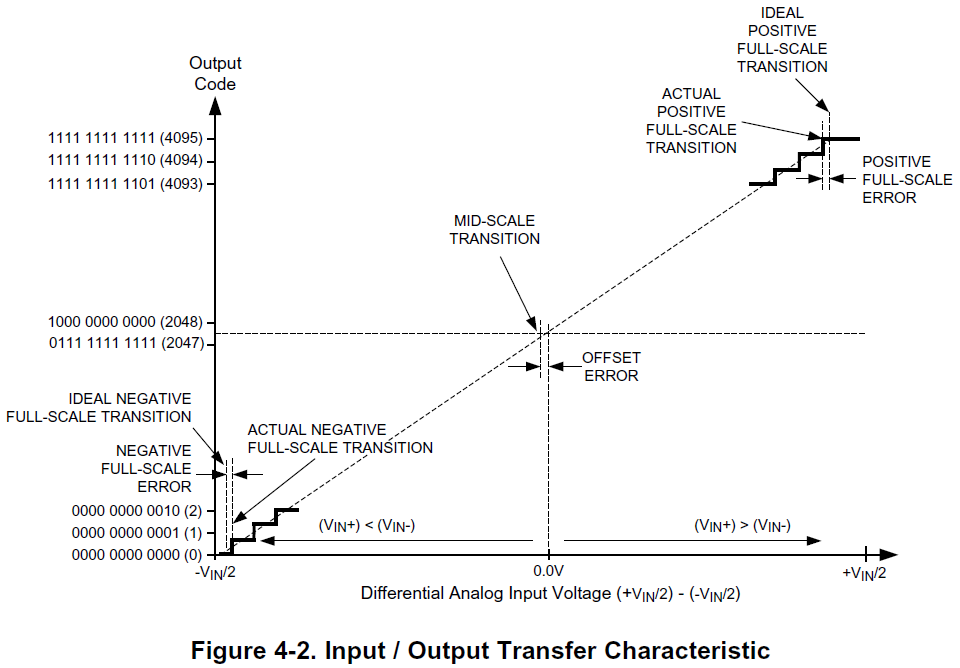As shown in the figures below, when input is 3dBm, the acquired data range is about +/- 1500.
When the input is 6dBm, the acquired data range is about +/- 2048(Meet the resolution shown in the datasheet, 12bits).
When the input is 7dBm, the data acquired range is about +/-2048 as well. However, the waveform has been cut at peaks and valleys.
Question 1: Why can the resolution reach 12 bits(acquired data range:+/-2048) when the input above 6 dBm? In my understanding, it's supposed to be 12 bits at any input power.
Question 2: Why did the waveform being cut at peaks and valleys when the input above 7dBm? The VIN+/- power is at least 15.3dBm. In my understanding, it's supposed to be cut when VIN+/- power over 15.3dBm.
Sincerely,
LB Shi


